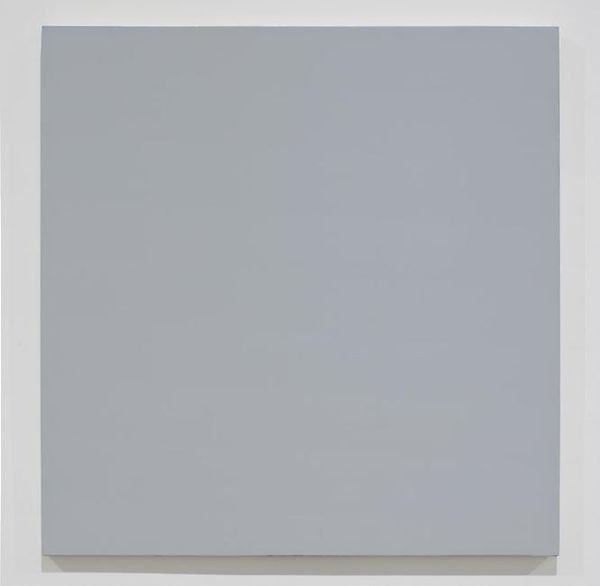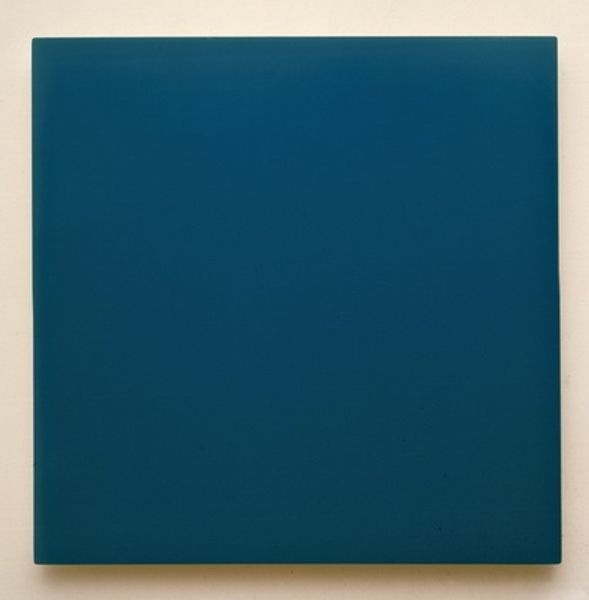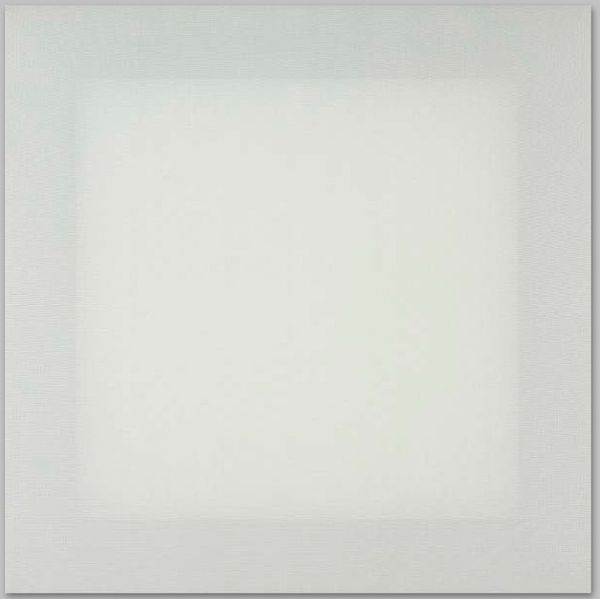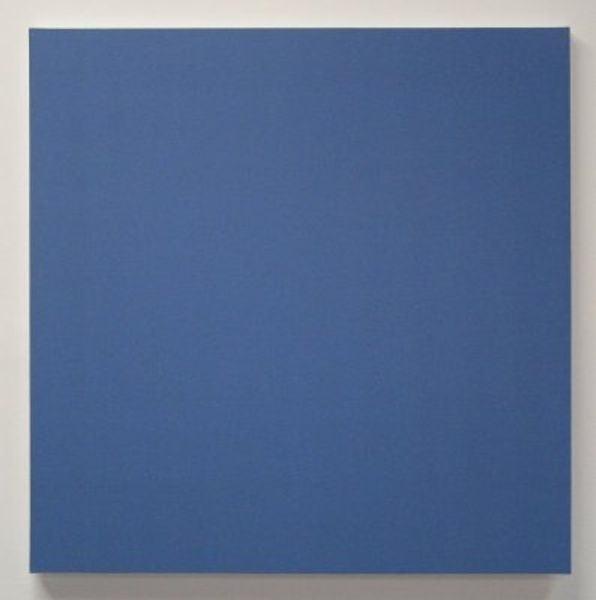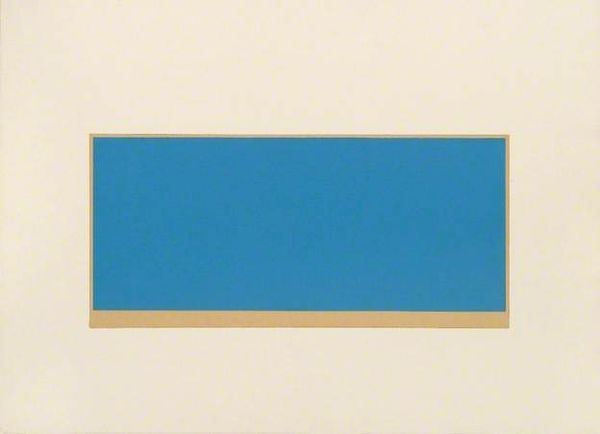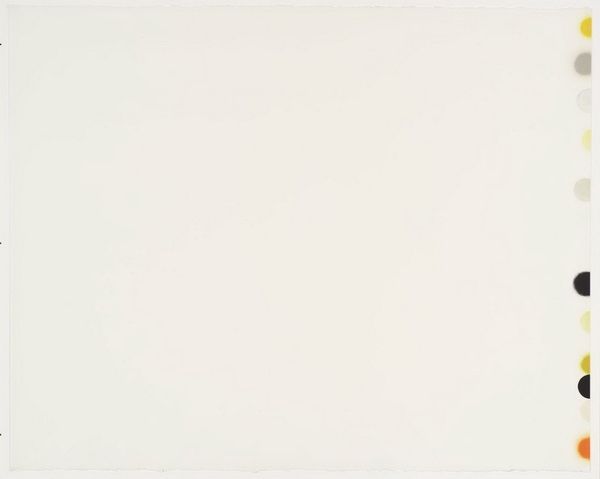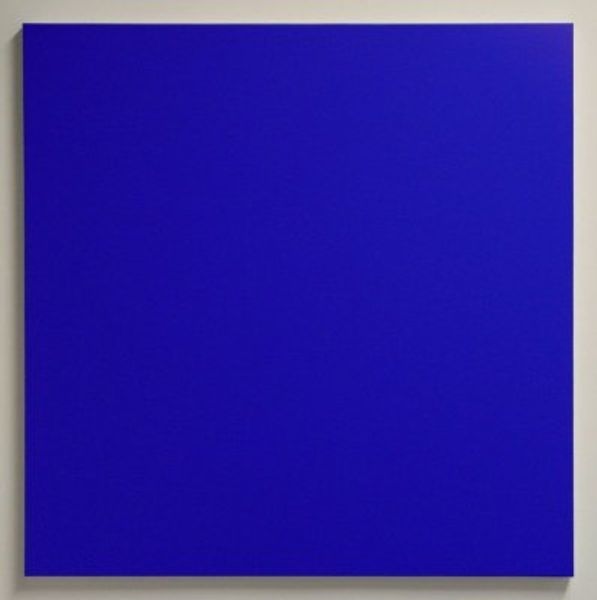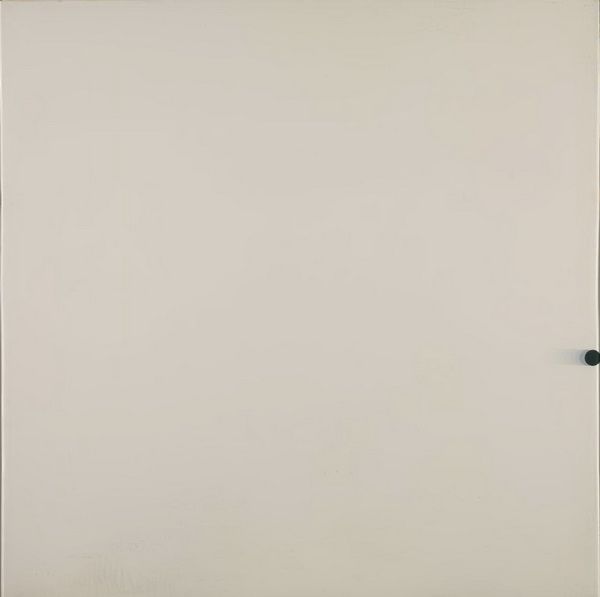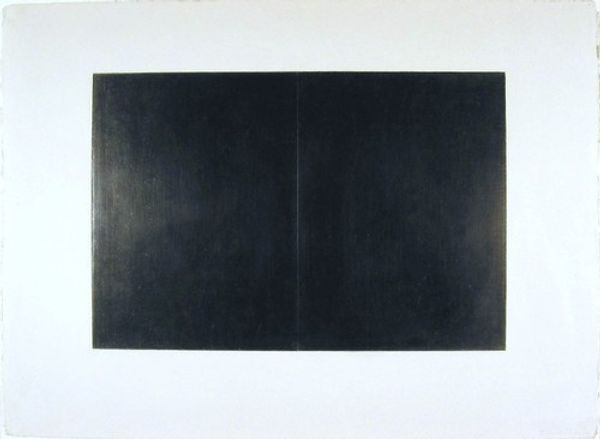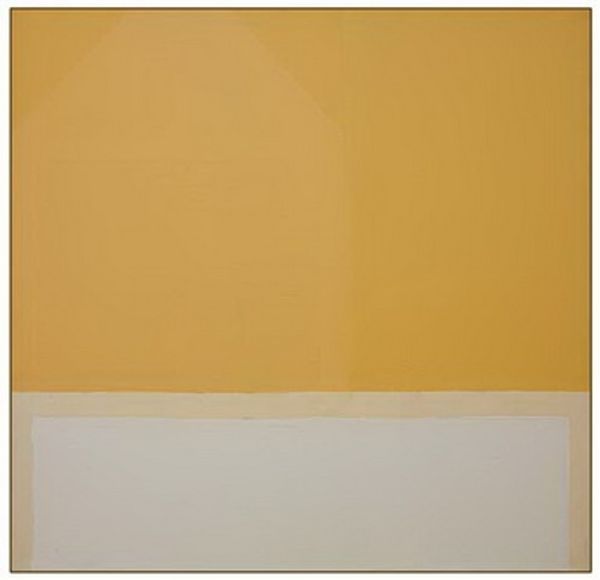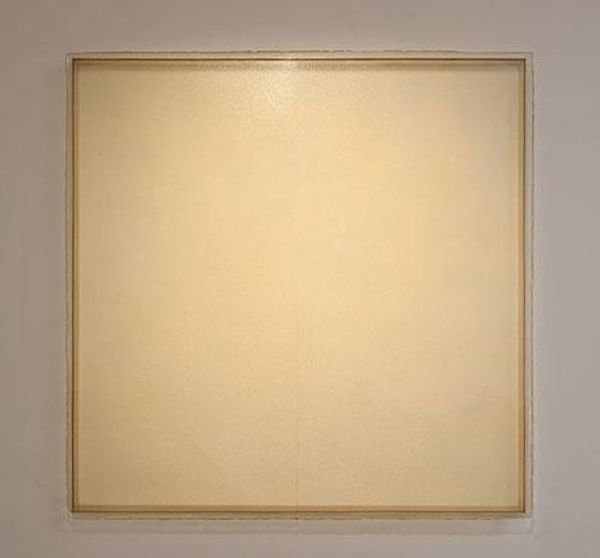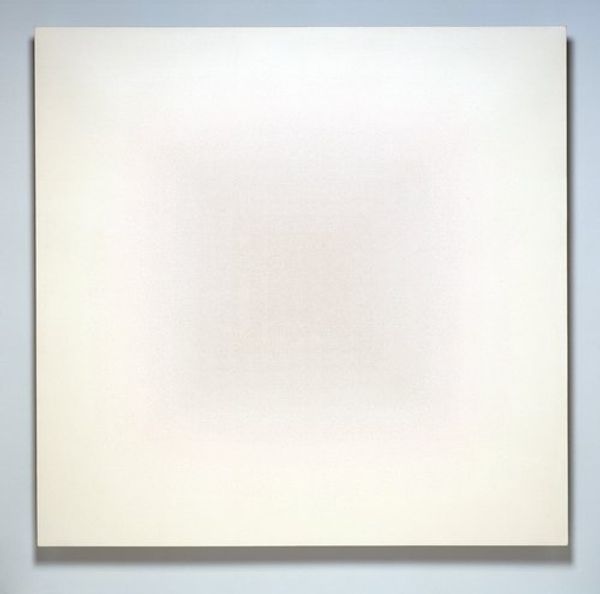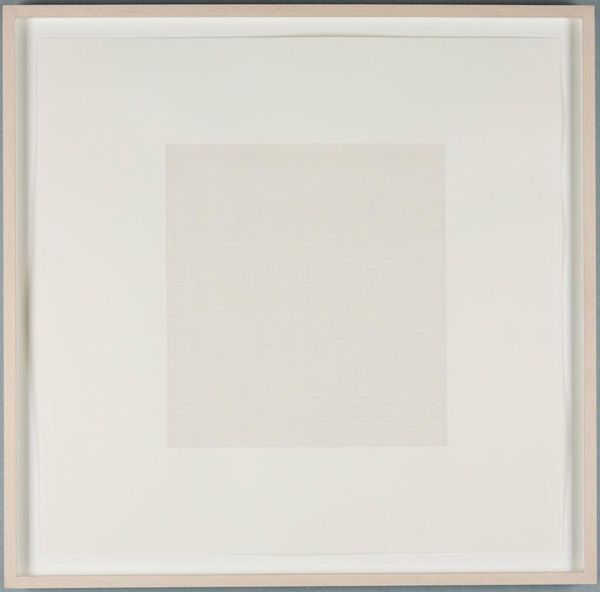
acrylic-paint
#
white backdrop
#
acrylic-paint
#
tonal
#
abstraction
#
tonal art
#
monochrome
Copyright: Rudolf de Crignis,Fair Use
Curator: At first glance, Painting #06-13 by Rudolf de Crignis from 2006 seems almost like a monochrome field, painted with acrylic on what I presume is canvas. My immediate reaction is quiet contemplation, a space for internal reflection. Editor: Yes, it has that meditative quality. This is a type of abstract painting meant to challenge notions about what's visually essential and culturally valued in art, you know, how museums reinforce those judgements through display and categorization. The apparent simplicity provokes questions about purpose and worth, and about the artist's intervention itself. Curator: Precisely. The monochrome has had a surprisingly potent life in the cultural imagination of the last century, from Malevich's Black Square onwards. It is an archetype for artistic concepts like nothingness or boundlessness. Its apparent absence invites projected interpretation, a space of infinite possibilities. Think about Rothko Chapel: tonal shifts evoking profound emotion. Does this painting's colour also evoke something archetypal, perhaps related to calmness? Editor: I'd also argue that these paintings invite institutional critique. Who gets to say a plain colored square can stand in a museum next to Old Masters, right? The market and curators jointly authorize artistic legitimacy by framing certain objects this way, something Rudolf de Crignis knows all too well. It has the ghost of rebellion within it. Curator: Yes, I see that in the artist's decision to challenge viewers, to make a viewer pause. This subverts expectations and compels one to confront the symbolic power and institutional biases surrounding seemingly empty, tonal surfaces. One must look for subtle colouristic vibrations, and ultimately realize it isn't "empty" at all, the hue speaks. Editor: Well, whether or not its colour speaks volumes, there are entire sociological forces and artistic economies implicit within what may first appear mute and unassuming, that create the very context for those hues to be not just perceived but validated. We should always keep this larger cultural landscape in mind, and resist a focus only on art, when social context has made it mean more. Curator: Very true. It's that tension—the push and pull between personal, even spiritual resonance and that ever-present socio-political reality—that I find so compelling. Editor: Absolutely. It invites us to reconsider not just our own emotional reactions, but the systems that shape them, and the paintings.
Comments
No comments
Be the first to comment and join the conversation on the ultimate creative platform.
